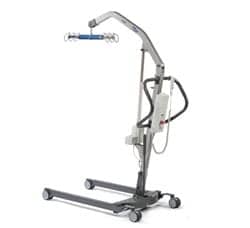Newly introduced bipartisan legislation aims to expand telehealth services under Medicare. The bill, titled the Medicare Telehealth Parity Act of 2014, was introduced by US Representatives Mike Thompson (D-Calif), and Gregg Harper (R-Miss) and is endorsed by the American Telemedicine Association and the Telecommunications Industry Association.
Thompson explains in a recent news release on his website that “By expanding telehealth services, we can make sure the best care and the best treatments are available to all Americans, no matter where they live. I am proud to be introducing this bill with my friend and colleague Gregg Harper, and I will continue working with him to improve access to telehealth services.”
Harper echoes Thompson’s sentiment, calling telehealth one of the most “promising aspects of the healthcare field.”
“This is an issue that Congressman Mike Thompson and I have worked on together in the past, and it’s my privilege to help him introduce the bill,” Harper says.
According to the release, phase one of the legislation expands telehealth services under Medicare for video conferencing and technologies known as store-and-forward, allowing for clinical information such as videos, data, and x-rays to be stored and then sent to another site for evaluation. The release notes that the phase expands these services to all federally qualified health centers, rural health clinics, and in counties within metropolitan statistical areas with populations less than 50,000. The use of remote-patient monitoring for diabetes, congestive heart failure, and chronic obstructive pulmonary disease will also be incorporated into phase one, the release says.
Phase one is also intended to expand telehealth coverage for certified diabetes educators, speech language therapists, audiologists, respiratory therapists, occupational therapists, and physical therapists.
Phase two of the legislation aims to expand telehealth services under Medicare coverage for video conferencing and store-and-forward technologies in counties located in metropolitan statistical areas with populations of 50,000 to 100,000. Video conferencing will also, the release reports, extend to a beneficiary’s home for home health services and agencies, durable medical equipment, home dialysis, and hospice. Speech language pathology, audiology, respiratory, occupational, and physical therapies will also be covered services under this phase.
The third and final phase expands telehealth services under Medicare for video conferencing and store-and-forward technologies for counties located in metropolitan statistical areas with populations greater than 100,000.
[Source: US Congressman Mike Thompson Website]





